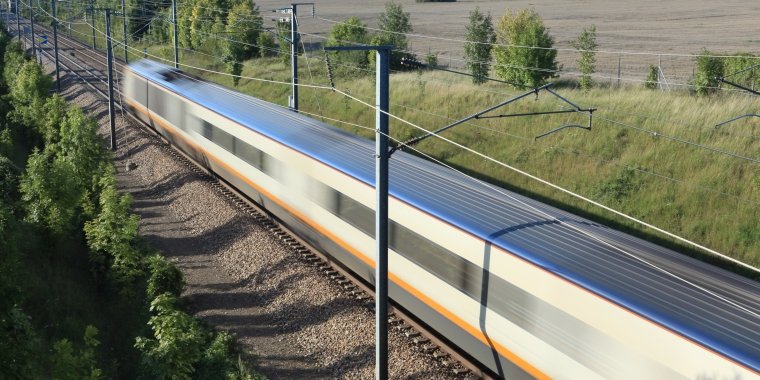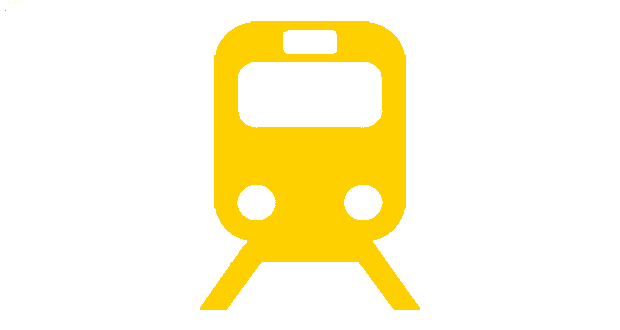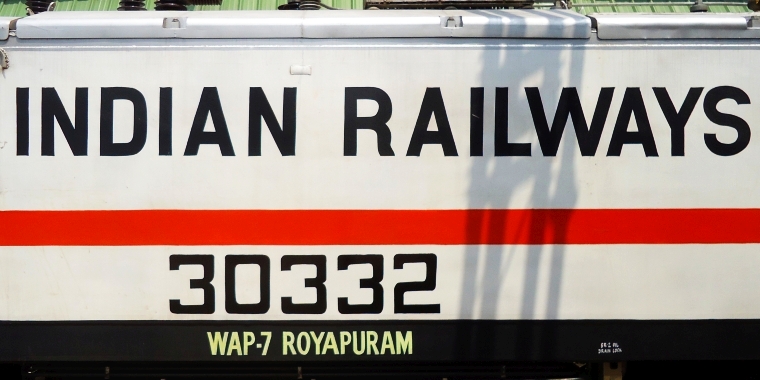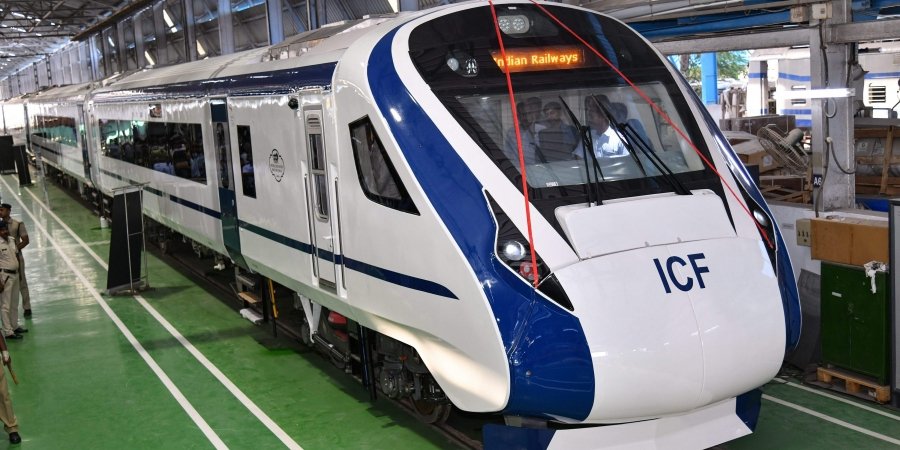The Economics of Private Railway Services in India
What would be the fares on private trains be like?
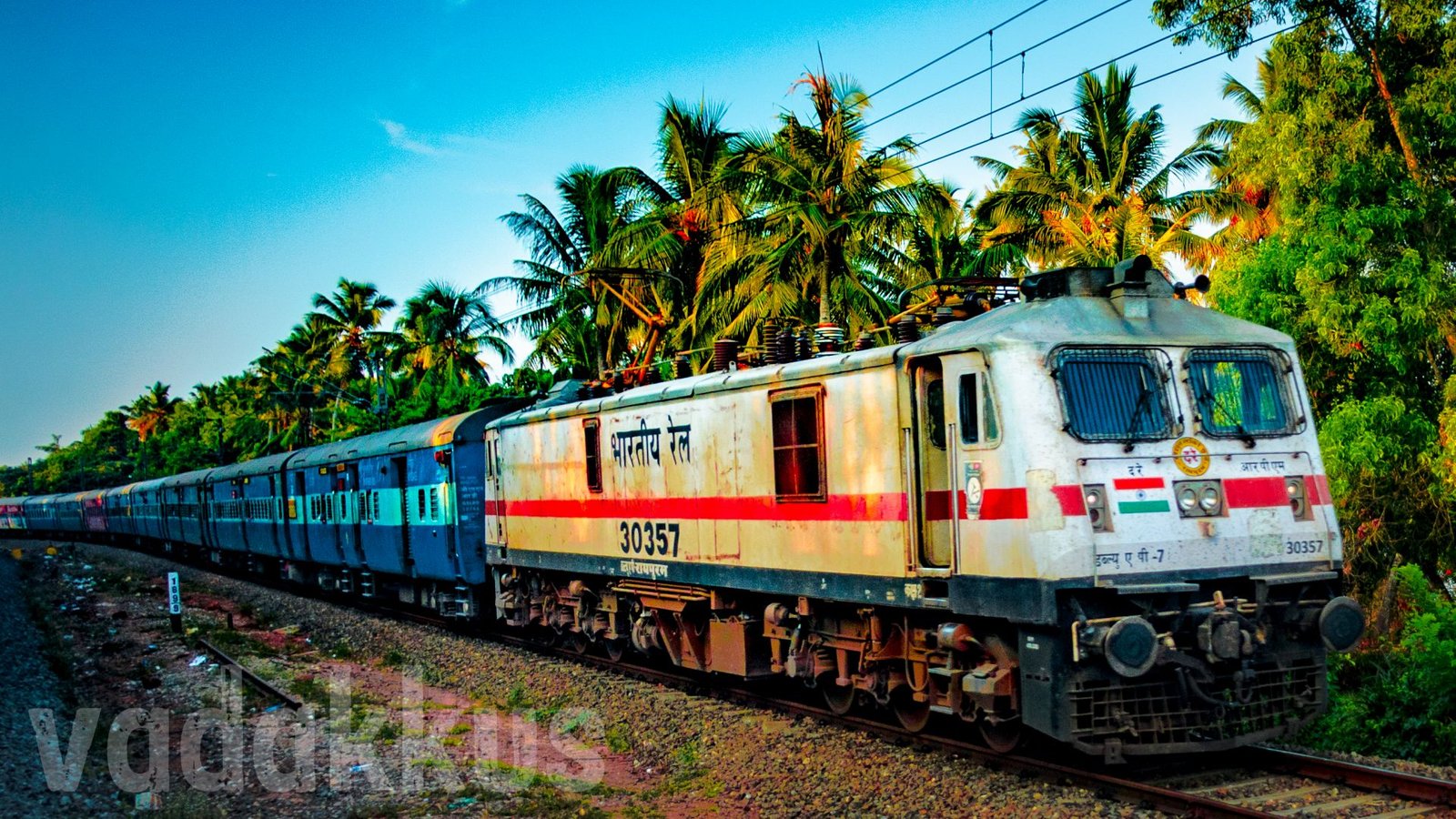
Responses to the event of private trains starting services on Indian tracks has generally ranged from guarded scepticism to outright pessimism. The main fear of course, has been that ticket prices by private operators will rise to exorbitantly high levels making them unaffordable for most Indians, both pricing economically weaker sections of the society out of the trains and alienating people who can afford them, who would find it better value to fly or drive. The reasoning behind this is that since their motive is profit alone, their services will gear towards the luxurious side as their target market will be only those who can afford such fares. Examples of cutthroat predatory pricing by private interstate luxury bus operators (Volvos) and airlines during holidays and weekends or app-taxis when it rains are cited as examples. But will high ticket fares really be the outcome of private railway services? Let us analyse what the scene holds to find out.
This exercise of private trains is a big unknown. Nothing of this type or scale has been ever attempted in the living memory of anyone in this country. As much as we expect things to turn out in a certain way according to our concepts, it is more likely that they won’t. For instance, the argument that “for profit” private trains will result in high-priced exclusionary services might be misplaced to begin with. The “poor people will not be able to afford it” clause, like this for private trains forms the basis of all outrage against seemingly every transportation infrastructure project undertaken in India, from urban metro systems to High Speed Rail (Bullet Train) projects. It is inferred that the vast majority of unwashed masses of this country will not be able to afford these “fancy” transportation services without massive government subsidies, and as a result these systems will run empty and will ultimately fail. So, why waste resources setting up these bourgeois systems at the cost of the sweat off the collective back of the proletariat? However, in the end it usually turns out that such fears are unfounded. As history has proved with the example of the railway systems of India to the Kochi Metro, the “common man” general public very quickly takes to the new modes with much enthusiasm. We Indians have this unhealthy precedent of outright labeling any novel or “modern” transportation (or any other) system as “expensive”, “flashy”, “unaffordable”, “elite”, “unnecessary”, etc. Why we imagine ourselves worthy only of miserable, subsidised, half-century old status quo systems is a topic for another discussion. But how could anyone afford luxury trains on a regular basis?
The private luxury train fallacy
While analysing the factors behind railway pricing, we should also try to understand why people believe that private trains will defacto inclined to charge what only the rich can afford. The reasoning is that only luxurious environments can attract rich people and their money, and hence privately operated services are nearly universally equated with opulence and luxury while government services the other way around. This is why private operators are expected to deck out their trains as high-roller corteges that would make the Maharaja’s Express look like the Madurai passenger. All this is the result of a kind of misconception I would call the “private railway luxury fallacy“. If you were to argue that private trains would want to exclude the unwashed masses to make money, you will be in for a surprise.
I’ve always been asked why there aren’t more First Class coaches in trains (or why airlines don’t away with economy class and fill their planes up with business and first alone). This is because operators cannot make money off “high class” services alone. They do “seem” to bring in more revenues at first sight, but reality is somewhat different. Higher classes invariably demand more real estate, which means fewer passengers and overall lesser revenues. See, the principle of the transportation/logistics industry is simple: Optimise every tiny bit of everything to generate as much revenue as possible. There is a reason why airlines and buses cram as much seats into their hulls as possible, and also why airline seating is a highly evolved science of mathematical precision. There is no reason to believe why trains are going to be any different. The dynamics of railway fare pricing is however, much different from that of airline pricing because of the differences in capacity and operational peculiarities.
Rail transport’s nature of very high carrying capacities (more total passenger numbers per equipment) and multiple fare points dictates its economics as money to always reside in the volumes (and the masses), and not in the price (and the elites). A train with 16 coaches seating 80 passengers each has a total of 1280 end-to-end revenue-earning opportunities, multiple times that if you were to count intermediate passengers as well. Even if each seat were to bring in Rs.800 revenue for a 10-hour trip (Hyderabad-Bangalore for instance), that alone will be close to a million bucks a trip. Another factor contributing to the uniqueness of the railway sector’s pricing is the existence of competition. While you do not really have an upper limit on pricing premium airline cabins (there is no competition other than ultra-niche private planes), managers have very little flexibility in pricing and differentiating a premium railway cabin before it gets too expensive, as compared to a “normal” class. All this can be demonstrated with an example.
A full First Class AC coach (24 berths) on the 12951 Mumbai-Delhi “The King” Rajdhani can generate a maximum of Rs.100,000 in fare revenue compared to Rs.150,000 a full 3AC coach (72 berths) can bring in. That is an entire Rs.50,000 more for the same real estate. The peculiar nature of railway fares means that you cannot raise the prices of the highest classes past a small margin because it will soon breach the “switch to the plane” fare ceiling. However, you can still easily increase a 3A fare by a much higher percentage before it becomes unattractive to passengers. So, you can easily increase 3A revenues for the coach to make Rs.200,000 but will be hard-pressed to increase 1A fares to reach even 125,000. It has to be noted that this is for the same train, coach size, distance travelled, time taken etc. This is why most private players will be interested in only running fully air-conditioned premium services which will provide them with more money per passenger.
This “Posh“, unless it is aimed at a select niche clientele willing to pay without looking at the bill (India’s famous luxury tourist trains), is an extremely bad business model for any mass transportation business, and operators focusing on luxury alone will pretty soon find themselves deep in trouble. There is more money to be made by providing cheap, mass-based services than expensive, niche services, especially so in India, where the most money is to be made in no-frills, high-capacity services for the masses and not high-end luxury affordable by only a few. Once upon a time, there was a 5-star airline named after a bird that eats fish, offering unbelievably opulent services with all the trappings like fully-fledged meals and welcome kits even for one-hour flights. However, the times were good only until they weren’t. It is said that Kingfisher wouldn’t have made money even if every single one of its flights went full. On the other hand we have airlines like Indigo, whose only promise is to get us from AAA to AAB in one piece and are thriving. After the initial euphoria gets over and the money making business begins, operators that can provide customers with the best value (for money) with no-nonsense and sensible (clean, comfortable, punctual) services will be the ones that take home the bacon.
It will be the operator who will be forced to find ways to accommodate all those people who try to cram into the trains, because every single person is a fare and a ticket. But still, will they be able to afford fares on a private train? For that, what exactly will be the ticket fares on private trains? How can we deduce if they will be high or not? If we were to determine a fare the first thing we would need to know is what it actually costs to run a train in India. But do we?
Deciding Fares on Private Trains
Private train fares are expected to be “high” because ticket fares of Indian Railways are currently thought to be kept artificially low by means of subsidies. While this is true, one should also understand what these subsidies actually subsidise. We all know that the Indian Railways operates in its own economic bubble, completely isolated from its external environment of market influences and economic forces by a strictly enforced centralised, top-down command and control structure that decides on projects, costs and fixes fares and tariffs. Of course, like any govt. department, all these decisions are political with the government paying to keep the system running. And this system does not just involve operating trains but building the infrastructure as well. Mostly, it is this capital expenditure which includes that for massive land acquisition, infrastructure building/maintenance costs that constitutes the lion’s share of total of railway expenditures and hence also the biggest part of the subsidies. When you are buying a train ticket to go from Ambur to Salem, you are also paying for the Kolkata Metro to fix a jammed door and for a bolt on the Chenab bridge in Kashmir. This makes it impossible to gauge the real current “running costs” for an Indian Railways train, and hence the real “unfixed” fare.
Now, imagine if that entire mass of capital liability were to be removed from railway expenditures? It would now be much easier to calculate running costs and hence fares as the operator would have to be bothered only about equipment cost, access charges, fuel, salaries, rents, sales & marketing and other overheads, enabling them to directly fix fares. This is what private trains will do. Capital liability will be taken over by the government and kept out of the way of (public and private) operators. When happens then, is what we do not know. Could it be possible that running a train would turn out to be not as expensive as it usually is thought to be? Could it be possible that the current fare structure would be unattractive enough for a profit-motive driven operator? There is no way anyone will be able to sustainably run services with the current pricing structure, especially for non-AC services. But still, with all pricing power with them, what would prevent private operators to raise prices as they wish? An Ernakulam – Trivandrum fare at Rs.500 (non AC) or a Mumbai-Delhi at Rs.10000?
It is the existence of indirect competition to the railway in India that will provide the checks and balances to prevent private players from raising prices to high heavens. 50 years ago, the train was the only method for the Indian population outside a narrow elite to travel any distance more than 100 km. Today India has among the largest airline and among the fastest growing automobile markets, both of which have been steadily cutting into the the railways’ share of transportation. So, if in all their impudence if private operators were to simply keep raising prices, passengers would simply quit and shift to planes or buses and cars no matter the goodies on offer. You cannot just keep raising prices without any real, additional, tangible benefit (like speed). No one will takes the train if it costs twice that of the plane and takes six hours more. First Class does not fly faster, you see. Case in point is the Indian Railway’s attempt at flexi-fares or dynamic fares. Passengers abandoned trains in large numbers that the model had to be tweaked or done away with.
There also exists an argument that privatisation in railways and the end of monopoly will result in lower prices as we have seen in many post-disinvestment sectors like airlines and telecom. This is also unlikely to happen. Most of these sectors pre-liberalisation were tightly access-controlled, making them expensive, niche and elitist status symbols, difficult and expensive to obtain and maintain (imagine phones, cars, loans, flights etc. in the context of the 1970s/80s). Liberalisation made these items easily accessible to the masses, shearing them of their eliteness. Phones and flights were suddenly available at 5% rates after liberalisation because 95% of their prices were just margins and mark up, most of which was meant to exactly keep them only accessible to the elite. The same won’t happen for railway services because they are the other way around. Fares (non-AC) are already so ridiculously low that private players won’t practically be even able to match those prices, forget undercutting them.
We don’t really do not know what would the ultimate outcome be. But fares are unlikely to rise beyond a certain level even if totally unregulated pricing structures are allowed. Instead what probably might happen is a correction in pricing. Today’s non-AC second class fares might rise by around 30-50% on an average while AC fares are likely to remain the same as they are now. Operators will pretty soon figure it out that hyper-efficient bare-bones services is what the customer wants and not bells and whistles. Good service will not have to mean high fares but great efficiency. Their trains will be stripped down versions of hi-tech trainsets intended to increase capacity (think of Metro train coaches with better seats) and save on cost. Private operators will obviously ensure 100% adherence to fare structures and no leakages or concessions (means no travelling without tickets).
However, none of this makes any argument against regulation. Like mentioned in the previous chapter, private railway operators should not be allowed a free rein to run things as they wish to. Free-market types find it fashionable to argue that unfettered competition will reduce prices to meager levels. However, no matter the type of capitalism, this is impossible for of a railway system because of its unique operating characteristics. This is because as we discussed in the previous chapter, the physics of railway systems do not allow simultaneous operation of competing services, or no two trains can run at the same time or in the same time slot. The policies of the private railway industry could be loosely arranged around that of the regulated private bus industry in Indian states that allow privately-owned buses to operate on government-issued permits consisting of a route, timetable and fare structure allocated and controlled by state governments. Operators are usually happy running their businesses this way and fares are periodically revised by the government. The private railway industry could be on the same lines working on tightly regulated and controlled terms and conditions that favour the consumer first. Allowing private operators unrestricted license to set fares the way they want will only lead to various exploitative regimes that will not extend to just fare pricing but turn out to be an existential threat to the Indian Railways as well. Private trains are good, but they should be under tight regulation. Favoritism by the government, if any, should always be shown to the Indian Railways.

